The biggest misstep I made planning my trip was not understanding the topography of Vieux Québec. My lovely hotel was at the tippy top of the upper town, higher even than the Frontenac, which meant that every outing involved going down, and on return hiking back up. My dodgy knee did not appreciate this.
It did, however, provide an excellent vantage point. The hotel’s rooftop terrace — which is what sold me on the booking — had a killer view of the Frontenac and the silver rooftops. And just out the front door was a panorama of the river and Dufferin Terrace, including the Glissade ice slide.
The other upside of the location was proximity to the funicular that connects the upper city with the lower city. And, as I’ve established, funiculars rank very highly on my list of favorite attractions. The ride doesn’t last long but it’s fun, it has a great view, and beats hoofing the Breakneck Stairs any day. Five dollars well spent.
Once down in the Basse Ville, I wandered the old plaza and visited the Musée de la Civilisation but the standout feature for me was the public art — a couple of excellent trompe l’oeil murals are always there, plus a few unexpected exhibits. The flying pink characters, entitled “Le Mignonisme”, likely annoy traditionalist visitors as they climb on, fly between, and peek into some of the oldest buildings on the continent. There was also a thought-provoking installation, a wall of books blocking cannons on the waterfront. The artist seemed to have simpler intentions, but it was impossible not to read current context into it — books as the way to prevent violence, yet we live in a time when novels are banned, higher education is mocked, and facts are ignored.
It certainly is a picturesque city, hence all these photos! A few other sites around the old city, including the classic fortification walls and Parliament at night:
Vieux Québec, with all its charm and carefully preserved character, is where you find tourists, not locals. I could easily have hit the tourist highlights of this city in 2 days, one in the upper town and one in the lower. But I am so grateful I had extra days to get outside this zone, to see Wendake and Montmorency as well as neighborhoods including Saint-Roch. The day I took the bus back from Montmorency Falls I was finding my way back to my hotel from Place d’Youville and took a side trip up Rue Saint-Jean. My goal was just to grab a bottle of wine from the SAQ but I saw a cool church, and just started walking. Like all the best discovery walks, the streets come alive when you start really looking.
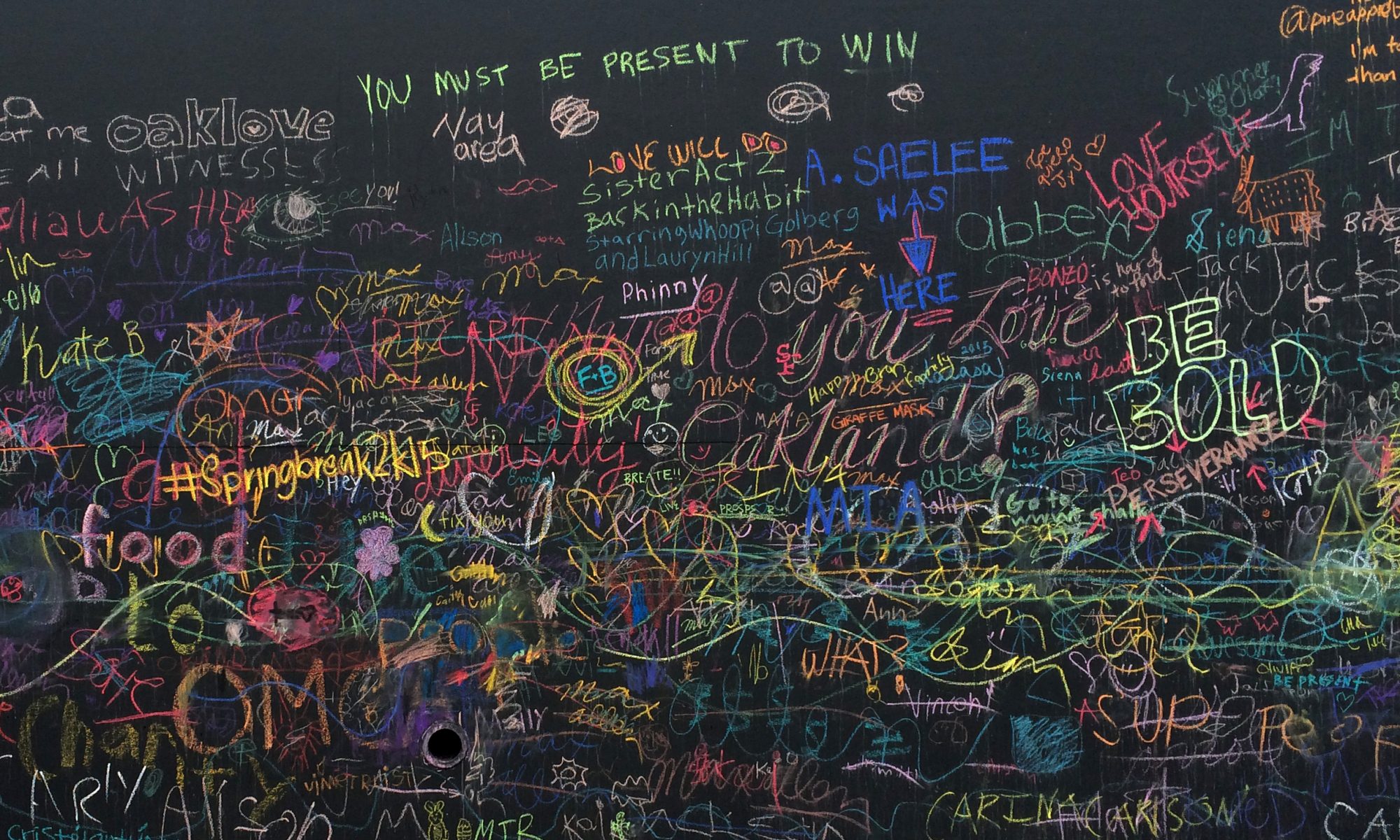





























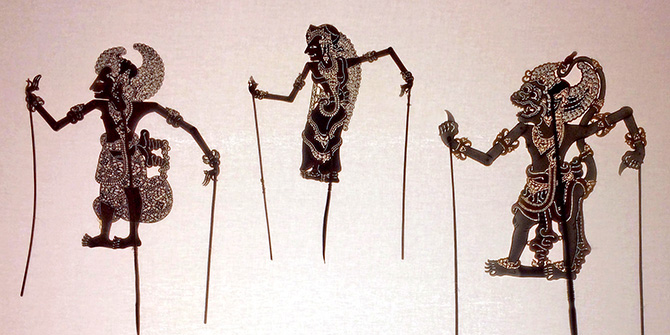
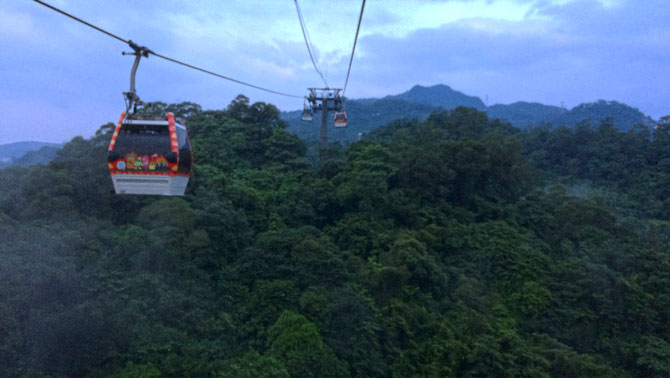
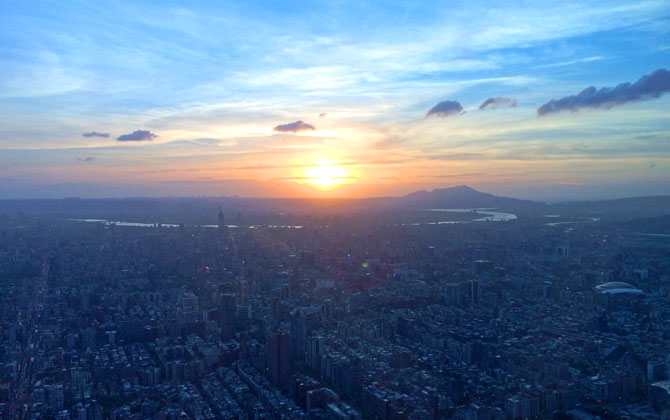 Something I love doing in big cities is taking in the cityscape. In Taipei, you do this from the observatory at the Taipei 101, one of the tallest buildings in the world. The city is simply huge! It stretches in all directions up to the edges of mountains and rivers. Taipei is a little dreary at ground level, but from above it’s stunning. After the sunset faded we capped our evening with dumplings at Din Tai Fung. Beyond delicious. I’m still drooling over that meal.
Something I love doing in big cities is taking in the cityscape. In Taipei, you do this from the observatory at the Taipei 101, one of the tallest buildings in the world. The city is simply huge! It stretches in all directions up to the edges of mountains and rivers. Taipei is a little dreary at ground level, but from above it’s stunning. After the sunset faded we capped our evening with dumplings at Din Tai Fung. Beyond delicious. I’m still drooling over that meal.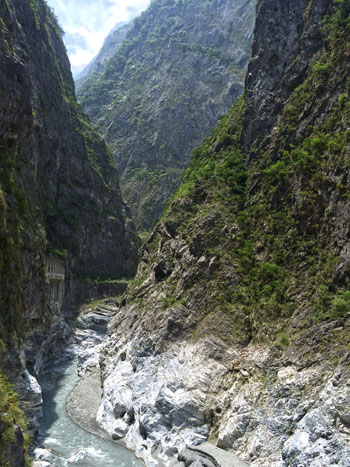
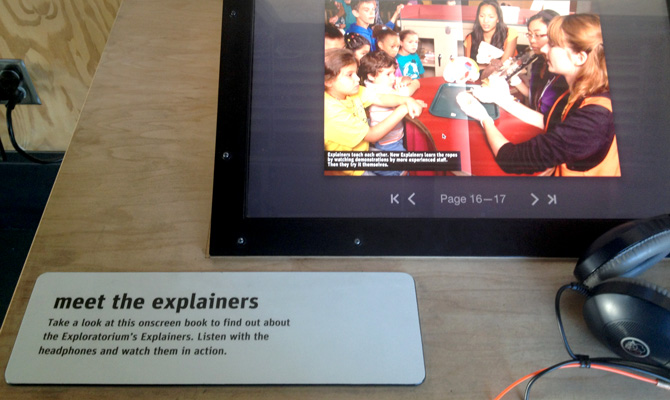
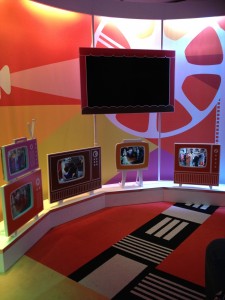

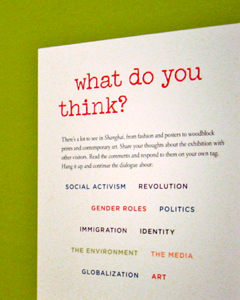
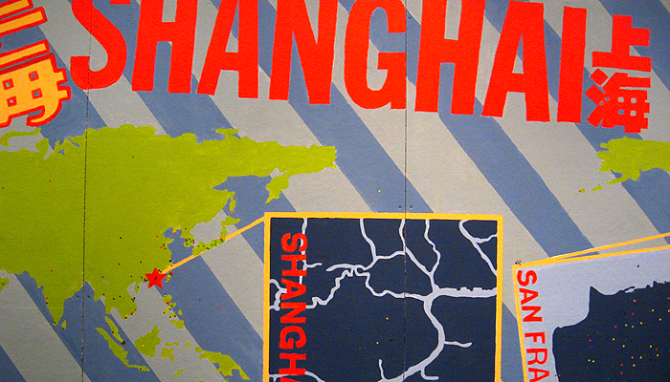 This week I spent the day in the city with my parents, including a visit to the
This week I spent the day in the city with my parents, including a visit to the 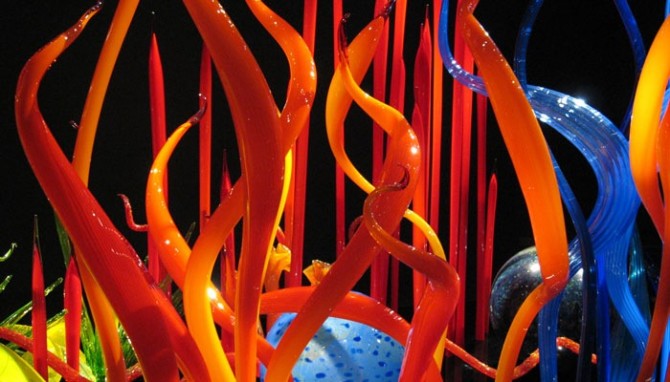 Last weekend there was a highly critical
Last weekend there was a highly critical 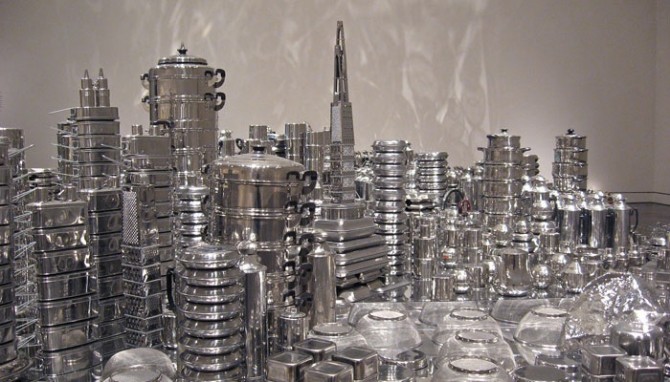 Zhan Wang’s stainless steel sculpture of San Francisco
Zhan Wang’s stainless steel sculpture of San Francisco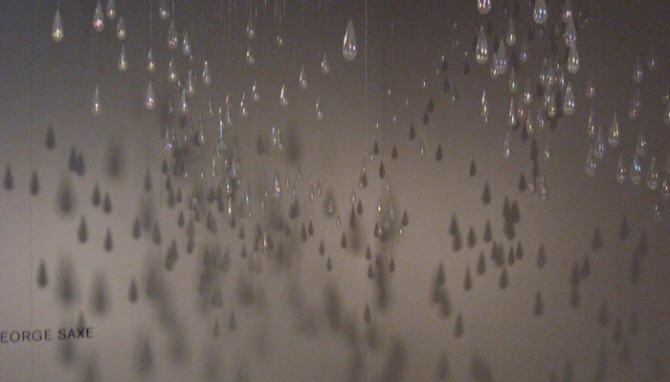 The de Young and the Asian Art Museum are arguably the best art museums in San Francisco, although the bar is not as high here as I would like.
The de Young and the Asian Art Museum are arguably the best art museums in San Francisco, although the bar is not as high here as I would like.